NLA’s annual Don’t Move, Improve! competition celebrates London’s best-designed and most innovative new home extension projects. The competition is supported by Dezeen, RIBA London and Clippings, showcases projects completed in the last two years across Greater London, seeking designs that demonstrate exceptional innovation and cost-effectiveness in the delivery of better living space for Londoners.
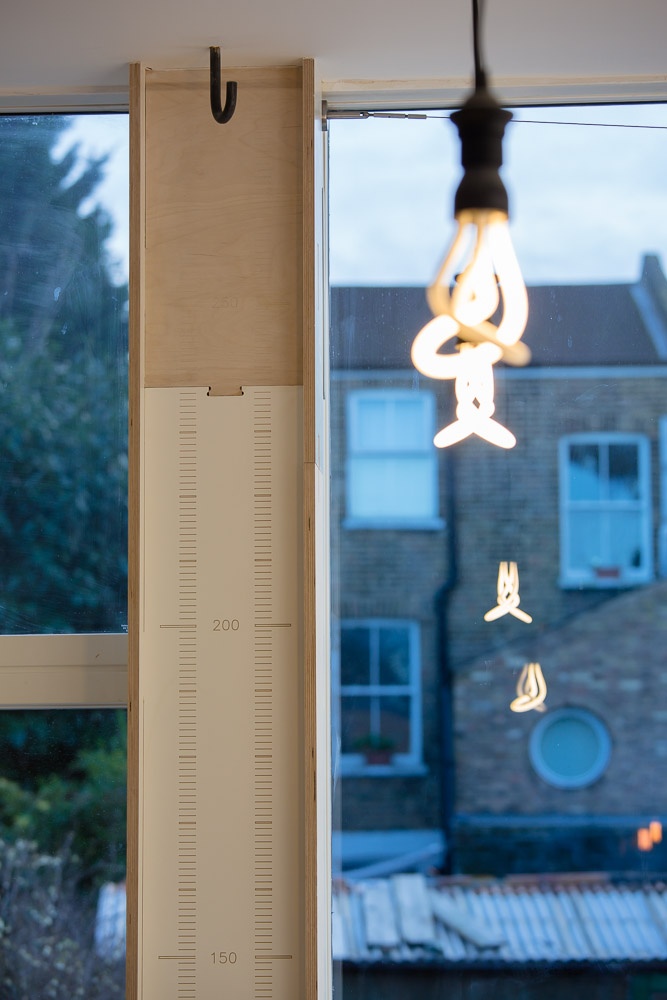
The project from Tsuruta Architects revels the memories of place and registers future stories of the house so that past and present can coexist and create new home within the surrounding context.
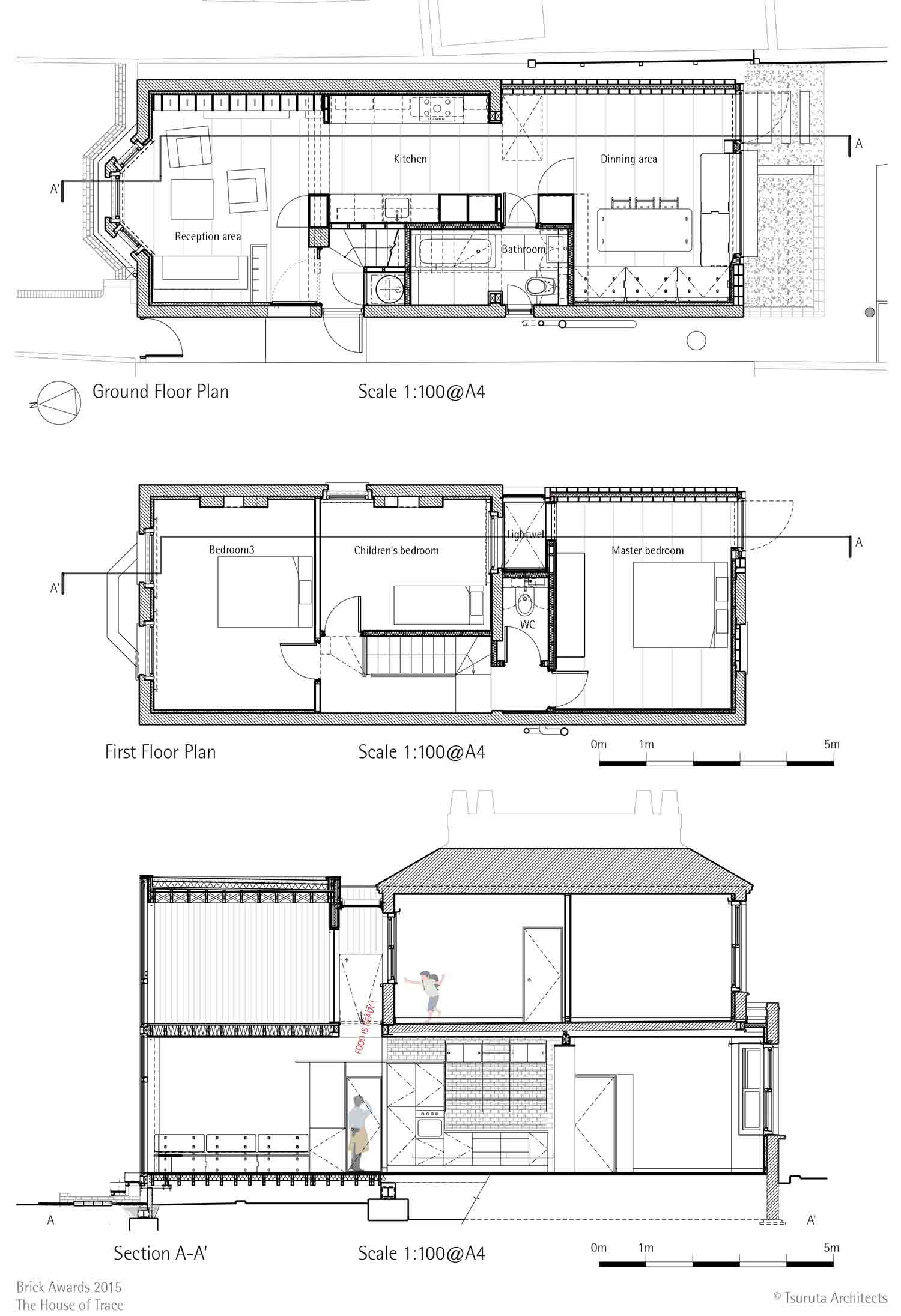
The demolition of the original extension and its replacement, called for an intervention that can be a part of the original main building without replicating classical vocabulary or gesture. Our intent was to keep a sense of everyday memory, while simultaneously allowing the new intervention to have its own identity. The original extension had no distinct historical or architectural value, and was structurally unsound, but it had a sloop roof profile typical of those found in terrace house back gardens. We chose to incorporate this banality in the new face of the rear garden – in a way persevering its charm to carry some sense of associated memory to those who know it or those who see it new.
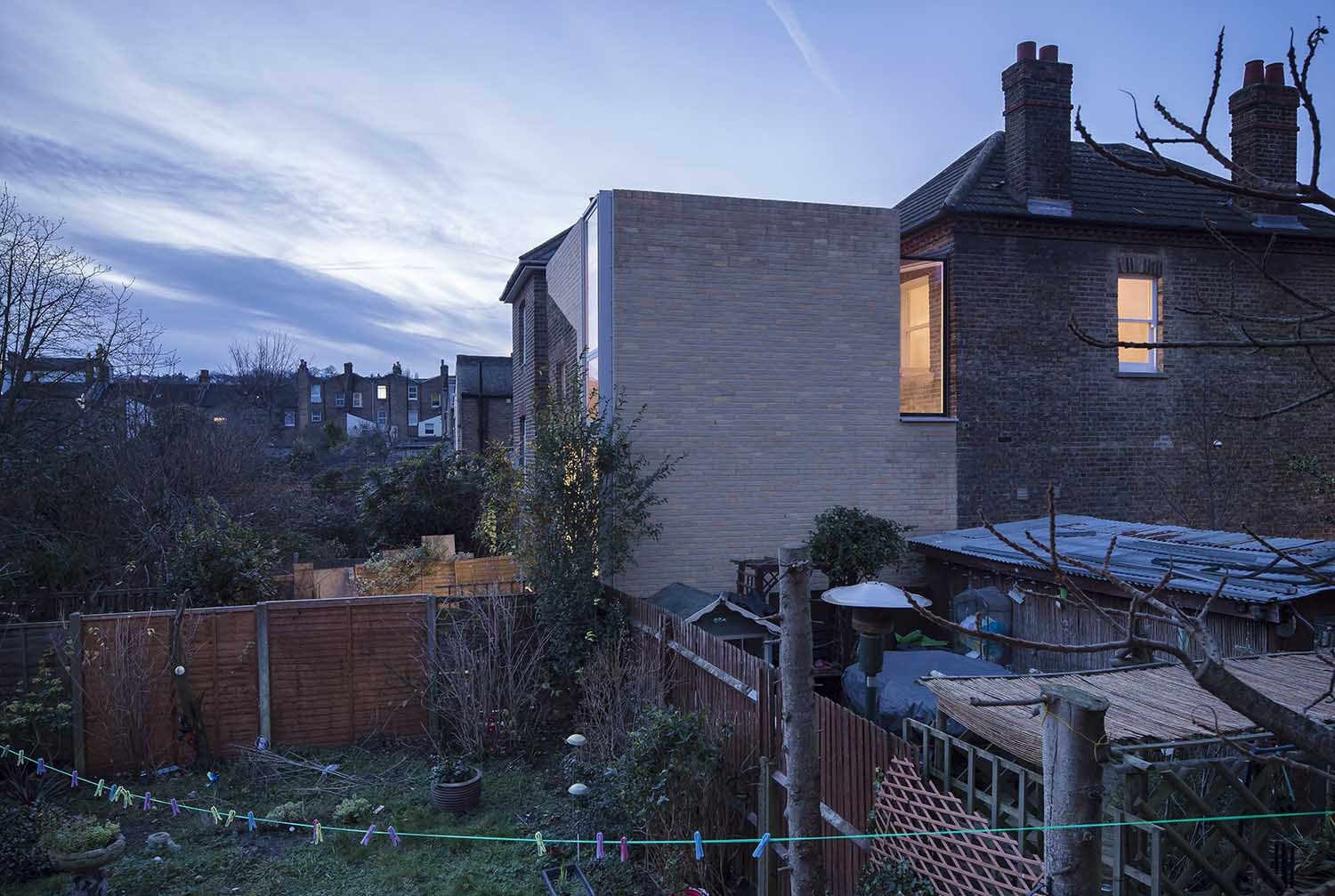
One of the existing walls had been leaning at a displacement of about one brick thick towards an adjacent building. These significant old movements were registered as cracks on the leaning wall, and have now been revealed and retained within the corridor.
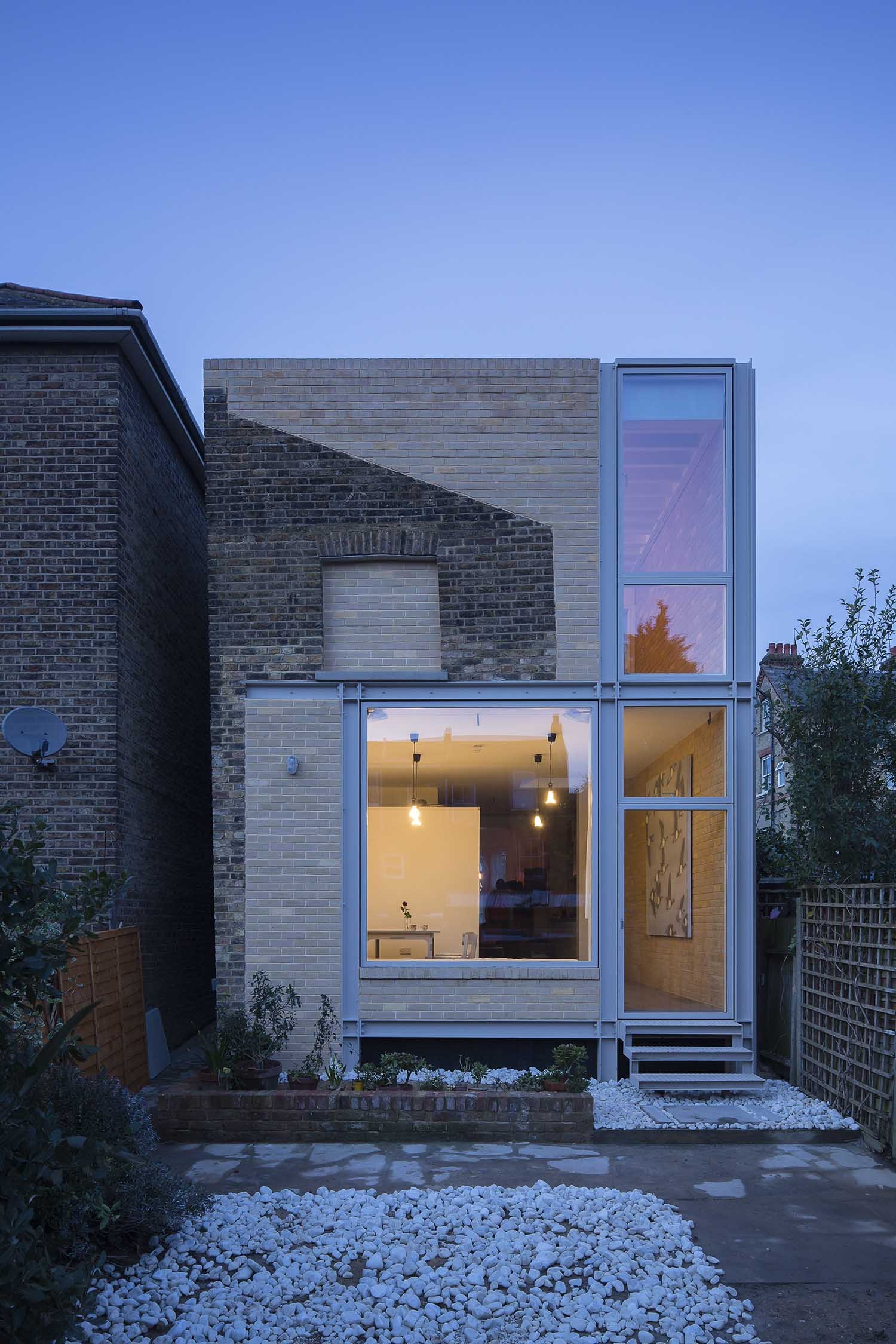
The structures of the new envelope have been exposed internally wherever practically possible, so that these surfaces will register the future stories of the house. The hand marks of bare plaster finish is left exposed in the bedrooms, are now recorded on the internal faces of the building’s fabric. The slow patination of bespoke copper and brass fittings shows the passage of time as they change from their original colour. By registering these notions of memories and stories, the clutters of daily life could fully inhabit the space.
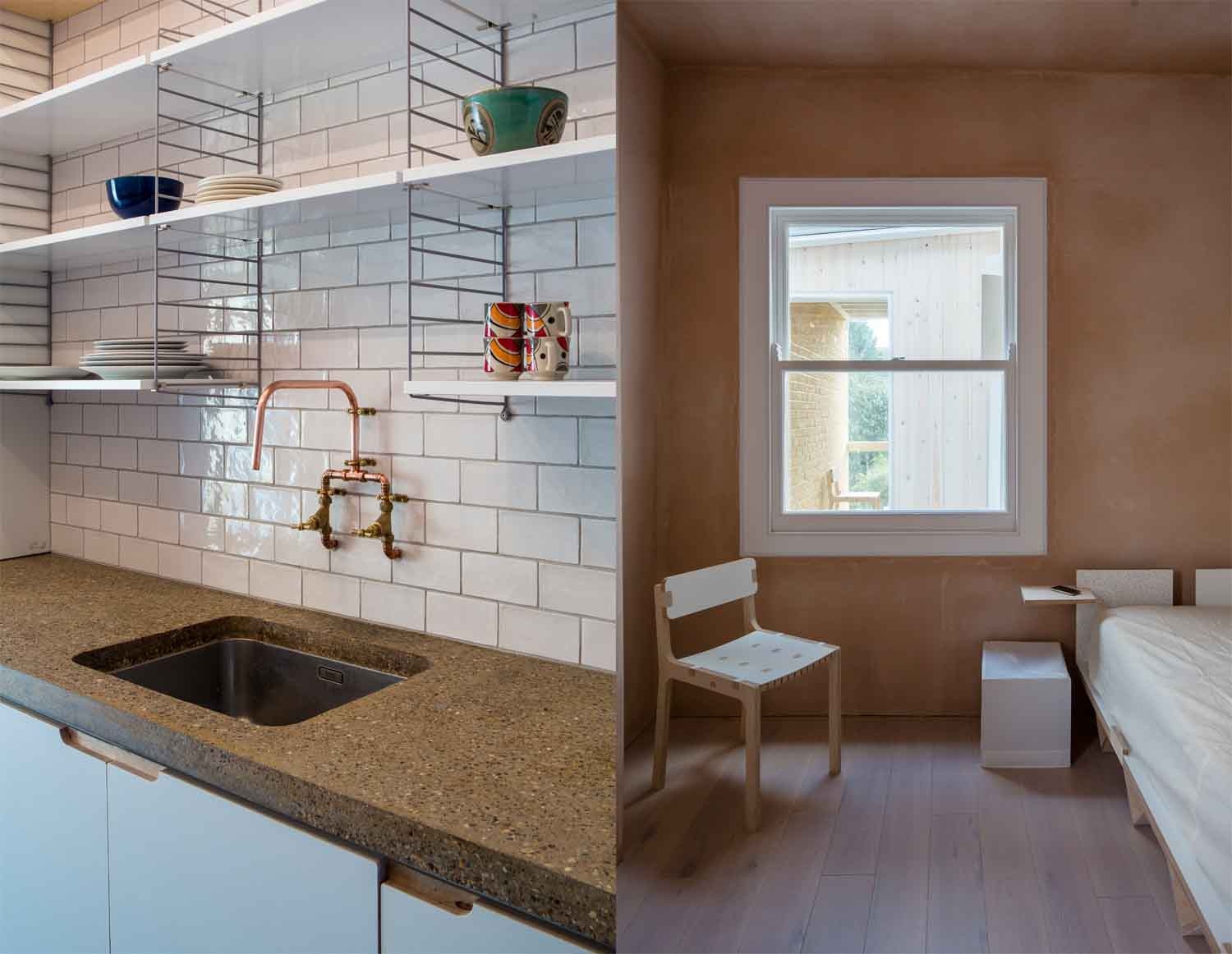
Since the extension increased the depth of the house, a two-storey lightwell was added between new and the original part of the building to bring daylight to interior rooms. The lightwell serves as a focal point in the home, connecting the family between floors (open kitchen dinning level and bedrooms) — the mother's scream “food is ready” echoes through this passage. On the upper floor, the master bedroom and the children's room each have an internal window facing the lightwell, giving the parents and children a sense of one another’s presence, yet allowing for privacy when desired.
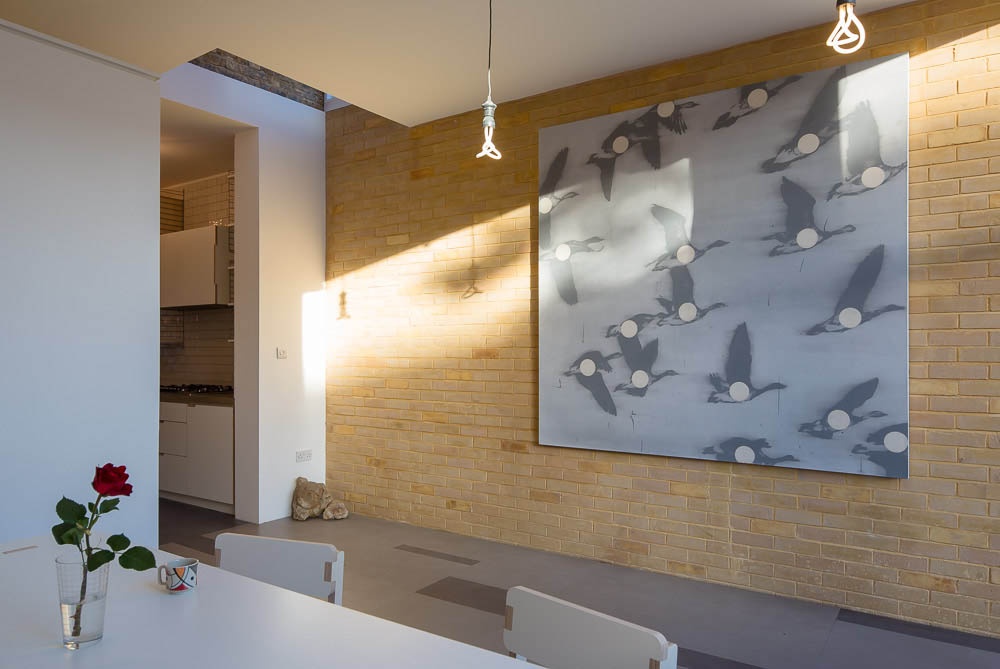
The full potential of ordinary materials available at a local builder’s merchant were tested through our detailing and incorporating open source computer programs to help minimizing wastage and correct site executions. The entire building and components were all modeled in details three dimensionally, with some components including main stair and furnitures further broken down to be processed in CNC, so they could be brought to the site as flatpack packages. Not only cutting time and cost significantly, but also this process reduced the distance between the drawing board and site execution. The record of this CNC flatpack process can be traced to the numbering system visible on the faces of each piece retained as memories of assembly.
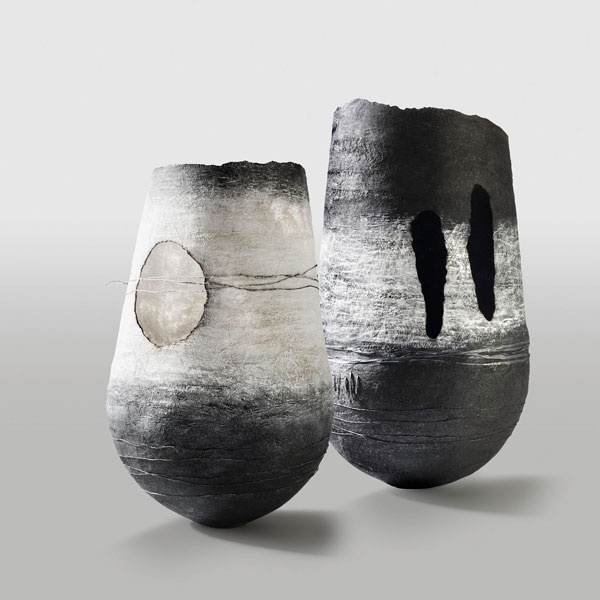
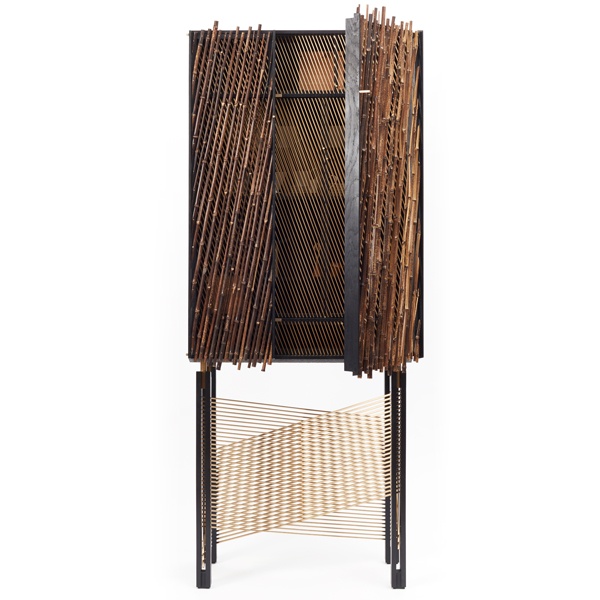

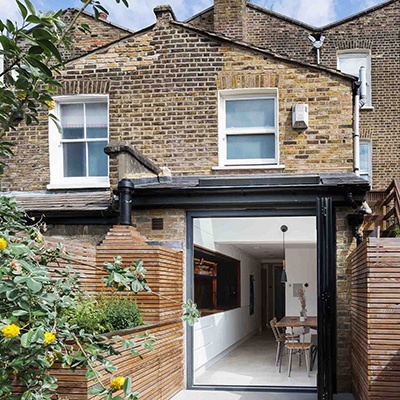
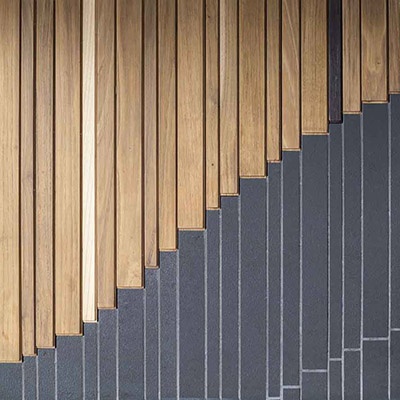
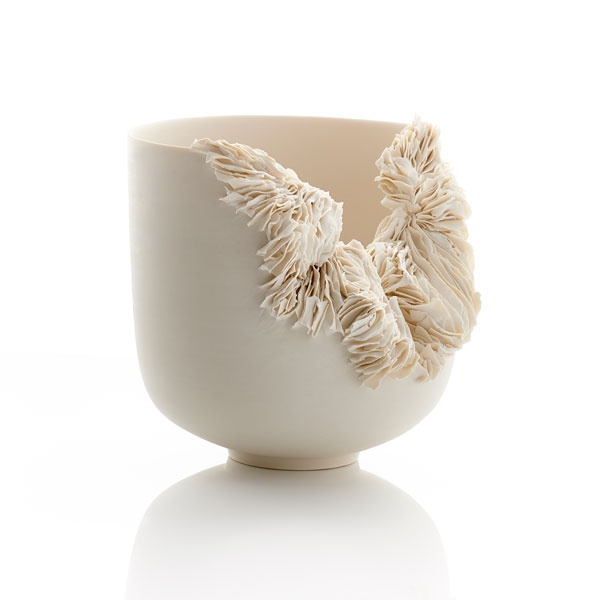
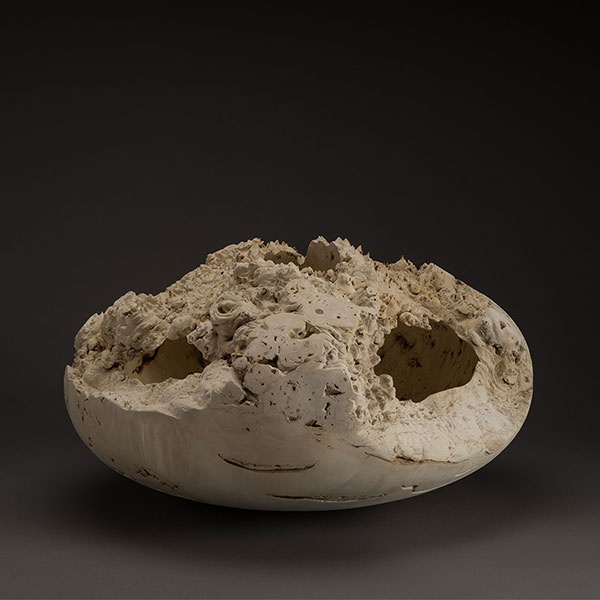
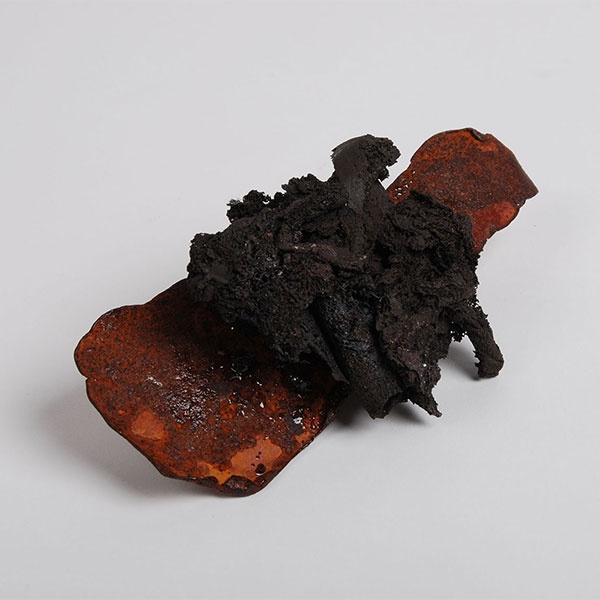

1 / 31
show thumbnails previous picture next picture start slideshow close lightbox